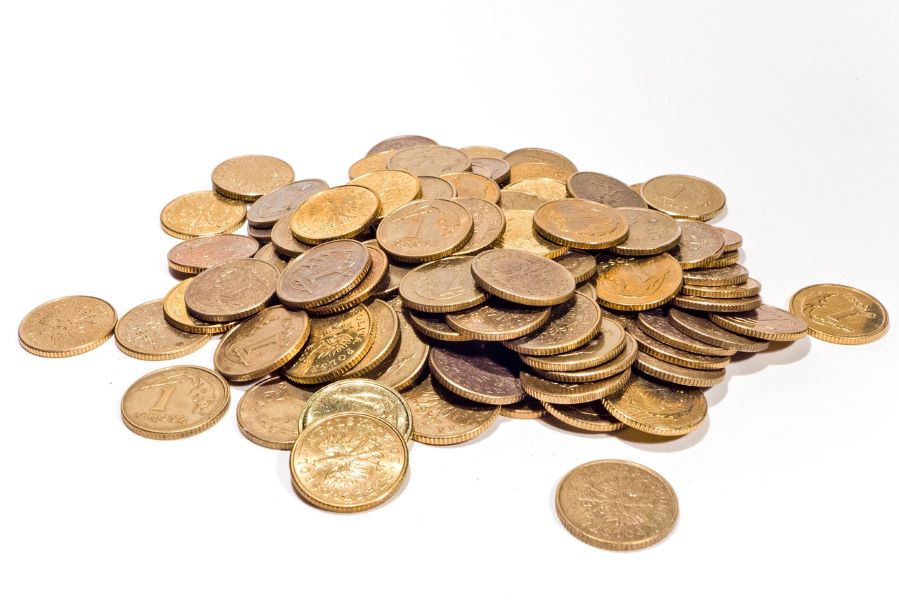Gold has been a valuable and sought-after metal throughout history, prized for its beauty and rarity. In the world of gold trading and lending, the process of assaying gold plays a crucial role in determining its purity and value. In this blog post, we will explore the concept of assaying gold, how it works, and why it holds significance in the assessment of gold quality. Understanding the process of assaying gold is essential for anyone involved in gold transactions or investments.
What is Assaying Gold?
Assaying gold is the process of determining the purity and composition of gold through scientific analysis and testing. Gold is a malleable metal that can be easily alloyed with other metals, affecting its purity level. Assaying gold helps verify the authenticity and quality of gold items, such as jewellery, bullion, or coins. It involves testing samples of gold to measure the precise amount of pure gold content present, expressed in karats or fineness.
How Assaying Gold Works:
The process of assaying gold involves several steps to accurately determine its purity level. Here’s an overview of how assaying gold works:
Sample Collection: A small sample of the gold item is collected for analysis. This sample represents the entire piece and is crucial for obtaining accurate results.
Fire Assay: The traditional method of assaying gold is the fire assay technique. In this method, the gold sample is heated to high temperatures in a controlled environment to separate the pure gold from impurities. The resulting residue is then weighed to calculate the gold content.
X-Ray Fluorescence (XRF): Another commonly used method for assaying gold is XRF analysis. This non-destructive technique uses X-ray fluorescence to determine the elemental composition of the gold sample, including the presence of impurities.
Spectroscopy: Spectroscopic analysis is also employed in assaying gold to identify specific elements present in the sample. This method provides detailed information about the composition of the gold alloy and any trace elements present.
Why Assaying Gold Matters:
Assaying gold is essential for several reasons, including:
Verification of Purity: Assaying gold ensures that the gold item meets the specified purity standards, such as 24 karat (pure gold) or lower karat values for alloys.
Determination of Value: The purity level of gold directly impacts its market value. Accurate assaying helps determine the true worth of gold items for buying, selling, or lending purposes.
Quality Assurance: Assaying gold provides assurance to consumers, investors, and lenders regarding the quality and authenticity of gold products.
Regulatory Compliance: Many countries have regulations governing the purity of gold items. Assaying gold helps ensure compliance with legal standards and prevents fraud in the gold market.
Ready to explore hassle-free gold loans with Airtel Finance? Download the Airtel Thanks App now to check out competitive interest rates, eligibility criteria, required documents, and use the gold loan EMI calculator to plan your finances efficiently. Take the first step towards securing a convenient and transparent gold loan experience with Airtel Finance today!
FAQs:
How is the purity of gold measured through assaying?
The purity of gold is typically measured in karats, with 24 karat gold representing pure gold. Assaying determines the karat value by assessing the gold content relative to other metals present in the alloy.
Can assaying reveal the presence of counterfeit gold items?
Yes, assaying gold can help detect counterfeit or impure gold items by identifying discrepancies in purity levels and composition.
Are there different methods of assaying gold?
Yes, various methods of assaying gold exist, each offering unique advantages and applications depending on the specific requirements of the analysis. Some common methods of assaying gold include:
Fire Assay: The traditional fire assay method involves heating the gold sample to high temperatures to separate the pure gold from impurities.
X-Ray Fluorescence (XRF) Analysis: XRF analysis uses X-ray fluorescence to determine the elemental composition of the gold sample, providing quick and non-destructive results.
Spectroscopy: Spectroscopic analysis involves using light dispersion to identify specific elements present in the gold sample, offering detailed information about the composition of the alloy.
Gravimetric Analysis: Gravimetric analysis measures the weight of the gold sample and any residue left after chemical reactions to calculate the gold content accurately.
Each method of assaying gold has its strengths and limitations, and the choice of technique depends on the desired level of accuracy, sample size, and testing requirements.
Is assaying gold a standard practice in the gold industry?
Yes, assaying gold is a standard practice in the gold industry to ensure transparency, accuracy, and reliability in gold transactions and investments.
Can individuals request assaying services for their gold items?
Yes, individuals can seek assaying services from certified laboratories or professional assayers to verify the purity and quality of their gold items for personal knowledge or transaction purposes.
Conclusion:
Assaying gold is a fundamental process that underpins the integrity and trustworthiness of the gold market. By accurately determining the purity and composition of gold items, assaying ensures transparency, quality assurance, and regulatory compliance in gold transactions. Understanding the significance of assaying gold is vital for anyone involved in buying, selling, or investing in gold, as it provides the assurance of authenticity and value in the precious metal.



